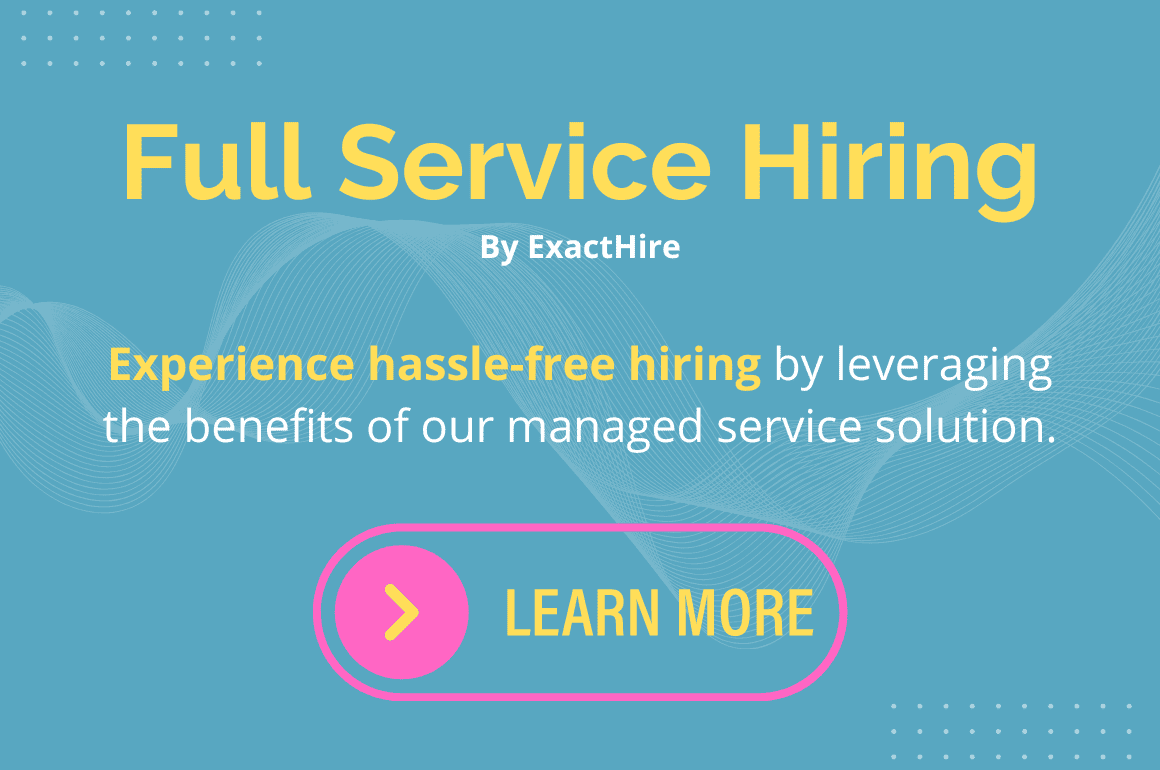Creating An Effective Performance Management System
In today’s competitive business landscape, the success of any organization relies heavily on the performance of its employees. To ensure optimal performance and productivity, businesses need to implement an effective performance management system. However, designing and implementing such a system can be challenging without the right strategies in place. In this blog post, we’ll delve into the key components of creating an effective performance management system and provide actionable insights for success.
Define Clear Objectives and Goals
The foundation of any effective performance management system is defining clear objectives and goals. These objectives should align with the overall strategic goals of the organization. By setting specific, measurable, achievable, relevant, and time-bound (SMART) goals, employees have a clear understanding of what is expected of them and can work towards achieving those goals effectively.
Establish Regular Feedback Channels
Regular feedback is essential for employees to understand how well they are performing and where they can improve. Establishing consistent feedback channels, such as regular one-on-one meetings between managers and employees, allows for open communication and constructive feedback. Additionally, incorporating 360-degree feedback, where employees receive feedback from peers, subordinates, and supervisors, provides a more comprehensive view of performance and encourages a culture of continuous improvement.
Implement Performance Metrics
Performance metrics are quantifiable measures used to evaluate employee performance against predetermined goals and objectives. These metrics can vary depending on the nature of the job role and the organization’s priorities. Common performance metrics include productivity, quality of work, customer satisfaction, and adherence to deadlines. By tracking and analyzing these metrics, organizations can identify areas for improvement and provide targeted support to employees.
Provide Ongoing Training and Development
Investing in employee training and development is crucial for enhancing performance and fostering employee growth. By providing ongoing training opportunities, employees can acquire new skills and knowledge to perform their jobs more effectively. Additionally, offering career development programs and mentorship opportunities demonstrates a commitment to employee growth and encourages employee engagement and retention.
Foster a Culture of Recognition and Rewards
Recognizing and rewarding employee performance is essential for boosting morale, motivation, and engagement. Implementing a formal recognition program that acknowledges and rewards employees for their achievements and contributions can help reinforce desired behaviors and encourage a culture of high performance. Rewards can take various forms, including monetary incentives, promotions, public recognition, or additional responsibilities.
Utilize Technology to Streamline Processes
In today’s digital age, leveraging technology can streamline performance management processes and make them more efficient and effective. Performance management software solutions offer features such as goal setting and tracking, feedback management, performance reviews, and analytics. By automating administrative tasks and providing real-time data insights, technology enables HR professionals and managers to focus more on strategic initiatives and employee development.
Conduct Regular Performance Reviews
Performance reviews are a critical component of any performance management system, providing an opportunity for managers and employees to assess performance, set goals, and discuss development opportunities. Conducting regular performance reviews, whether quarterly, semi-annually, or annually, ensures that performance is consistently monitored and evaluated. It also allows for meaningful conversations about performance expectations, strengths, areas for improvement, and career aspirations.
Continuously Evaluate and Adjust
Creating an effective performance management system is not a one-time task but an ongoing process that requires continuous evaluation and adjustment. Organizations should regularly review their performance management practices, solicit feedback from employees, and identify areas for improvement. By staying agile and responsive to changing business needs and employee feedback, organizations can ensure that their performance management system remains relevant and effective.
Conclusion
creating an effective performance management system requires careful planning, clear communication, and a commitment to ongoing improvement. By defining clear objectives and goals, establishing regular feedback channels, implementing performance metrics, providing ongoing training and development, fostering a culture of recognition and rewards, leveraging technology, conducting regular performance reviews, and continuously evaluating and adjusting, organizations can create a performance management system that drives employee performance, engagement, and success.


